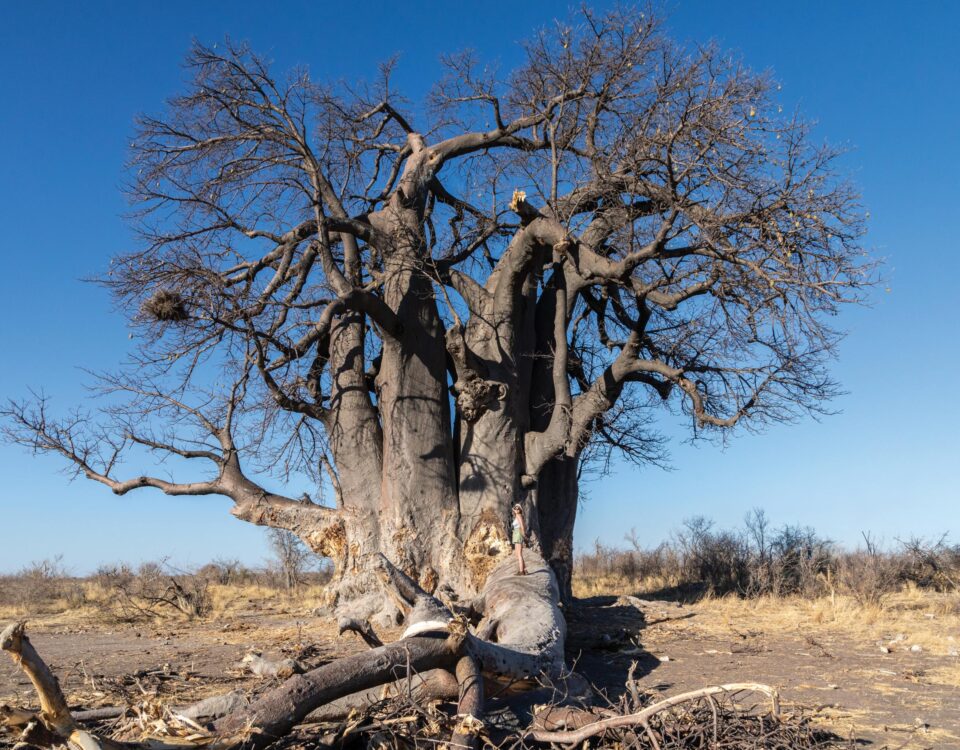Huge pressure on the Okavango River Basin
June 20, 2012
Namibian conservation scoops top conservation award
June 21, 2012In January 2003, Jan Oelofse of the Mount Etjo Wild Life Sanctuary in Namibia received the prestigious 2002 Terra Nova Award for his capture methods, which revolutionised the translocation of game.
Laurie Marker of the Cheetah Conservation Fund in Namibia was also among the five finalists. The Terra Nova Awards were established in 1994 by Audi South Africa to recognise individuals and organisations whose endeavours to preserve and uplift the environment have made a difference.
In June of the same year, the Ezemvelo Kwa Zulu Natal Wildlife Department bestowed another special tribute on Oelofse. He and six other former employees were honoured as Legends in Conservation – a Tribute to our Past for his pioneering work as leader of the Capture Team of Antelope of the then Natal Parks Board during the 1960s.
So much of what has become common practice in the game industry today was forged as a result of many years of tireless experimenting, frustrating mistakes and thankless hard work by the Natal Game Capture Team, especially the Capture Team for Antelope under leadership of Jan Oelofse in the 1960s. Jan Oelofse has been recognised as one of the leaders and innovators during that time by honouring him for his pioneering work as one of the Legends.
His history is proudly displayed in the Centenary Centre in the Hluhluwe-Umfolozi Game Park and reads as follows:
Capture Method
Jan Oelofse is one of the giants of the game-capture era. He studied animal behaviour intensely and his many innovative schemes, including using helicopters and developing the boma technique of antelope capture, form the basis of all antelope capture to this day. An extremely resourceful person with a commanding personality, he was deeply respected by his peers and colleagues.
Net capture originally consisted of chasing animals on horseback or on foot into a semi-circular net enclosure. Here they became entangled and could then be removed and loaded into trucks. However, fatalities were high. The arrival of Jan Oelofse in Hluhluwe Game Reserve in 1964 was to prove a milestone in the history of antelope capture.
Oelofse hit on his technique when he found that opaque plastic sheets tied to the nets deterred the animals from running directly into the nets and injuring themselves. By constructing a large, funnel-shaped capture tunnel of opaque plastic suspended by cables, animals could gradually be herded down to the narrowest end by closing a series of curtains, then up onto a loading ramp and into transport vehicles. This technique has enabled greater numbers of animals to be captured with less handling and consequently less stress.
Oelofse first used horses and subsequently helicopters to herd animals into the funnel. This meant that particular herds could be targeted and general stress to game in the area would be reduced. This ingenious method is still in use today for catching herd animals such as impala, wildebeest, kudu, buffalo and many other species of antelope.
Jan Oelofse made a lasting contribution in the field of game capture in Southern Africa by initiating the boma technique of antelope capture. He made a flamboyant arrival in Hluhluwe Game Reserve in 1964 in his zebra-striped Chevrolet truck, wearing his large, black trademark Texan hat and enormous pistol strapped to his side.
As Oelofse had worked with animals on the set of a John Wayne film, Hatari, he was immediately accepted for the post in game capture and was instrumental in introducing helicopters for herding antelope during capture.
Intent on fine-tuning his methods, Oelofse continuously studied animal behaviour. He was regarded as an extremely resourceful and forceful character and a hard, but fair taskmaster, and was well respected by his Zulu staff. In 1973 he left the Natal Parks Board and today owns the Mount Etjo Game Sanctuary and Lodge in Namibia.
This article appeared in the 2003/4 edition of Conservation and the Environment in Namibia.



